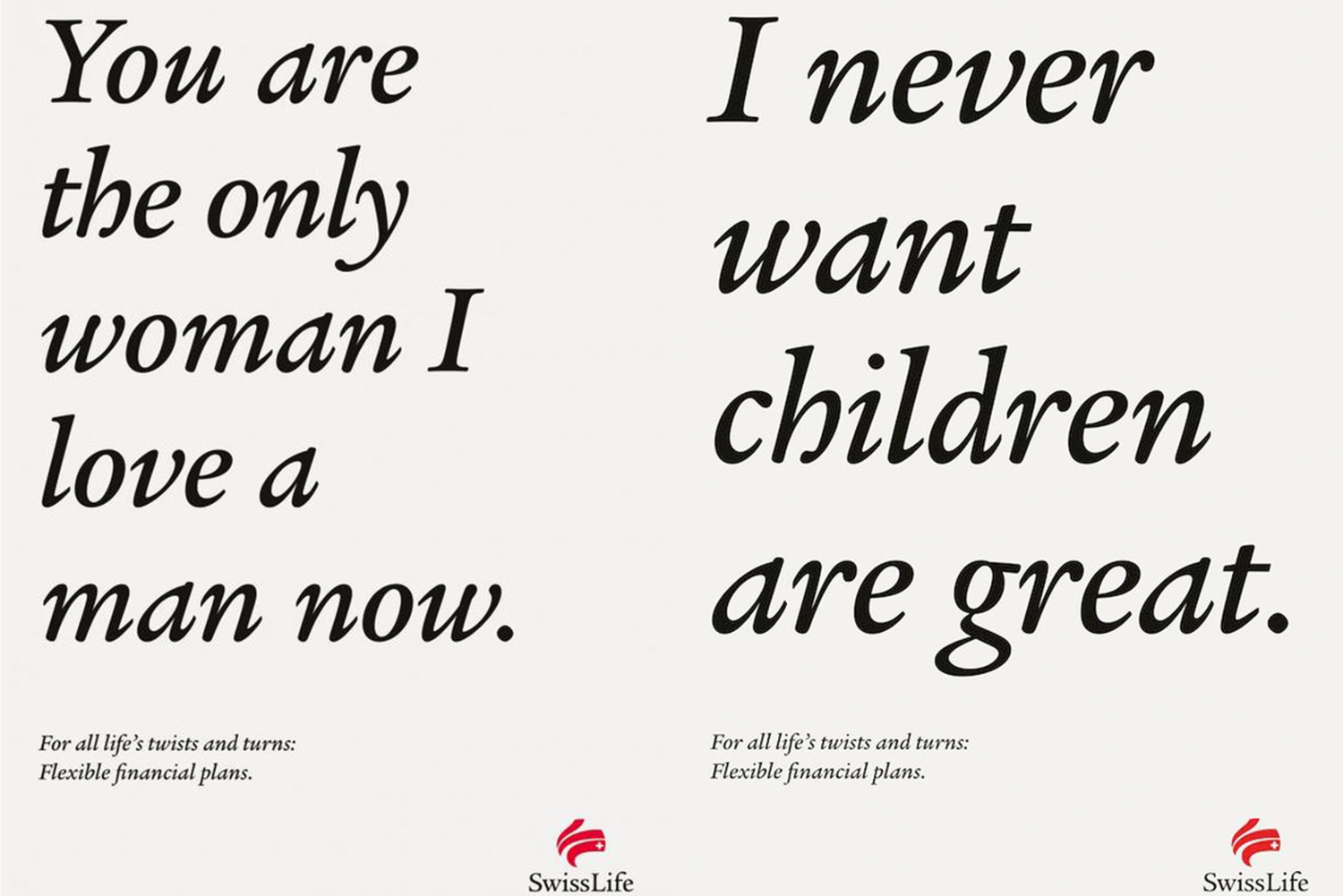What are words worth? Exploring the role of copy in a visual world
What do you think of when you see this image?
Fear? Shock? Anxiety?
Maybe you wondered why this lady is swimming with a bunch of blood thirsty predators. Surely, the crimson sky screams danger.
Stop getting your knickers in a twist.
Those are dolphins.
Sometimes images aren’t all they are cracked up to be. It only took one word to shift the entire meaning of that picture. She’s not in danger; she’s communing with nature.
Images need words to add depth and variety. Yet today the phrase “a picture’s worth a thousand words” has never been more apt. The explosion of the internet, online video and social media has brought visual content to the fore. Marketing experts assert that “visuals persuade and sell better than words” and that “video is the future of content marketing”. But in such a show-and-tell world, are words in danger of being shown the door?
A visible shift
Images and video are framing our view of the world today. Newspaper circulation is dwindling as the next generation flock online for their fix of current affairs. We learned about the horrors of the refugee crisis through distressing footage of children left stunned by fear or washed up on beaches. And photos of courageous individuals standing up to far-right activists have become beacons of protest in the face of hate. Visuals now dominate news – and media outlets are even restructuring to accommodate the shift.
The majority of our social interactions are now visual too. We’re all armed with multi-megapixel cameras that fit in our back pockets, and we’re provided with free social spaces to share the content we create. We take photos and videos to document our lives and keep our memories from fading. More than 150 million users tap into Instagram “stories” every day and 9,000 “snaps” are shared every second on Snapchat. YouTube is still on the rise and, although Vine was culled, micro-video apps like Boomerang are thriving. One study suggests that global consumers spend an average of 47.4 minutes a day watching videos online. And by 2021, it will take an individual more than five million years to watch the amount of video generated online in a single month.
Platforms that were originally created for blogging (albeit in “micro” form) have also been invaded by visual content. Twitter users send 9,678 emoji-filled tweets a minute and email marketers are encouraged to include them at every opportunity.
Value that’s plain to see
We are naturally visual beings. A whopping 40% of the nerve fibres in our brains are attached to our retinas and we’re hardwired to comprehend shapes and colours from birth – long before words get a look in. According to Michelle Klein, Facebook’s North American MD, 1.8 million words are the equivalent of one minute of video to our brains (so presumably a video is worth 1,800 pictures). Precisely why, in her opinion, social media ad spend should focus on it.
Social media is now all about short, snackable – and sometimes live – visual storytelling. And that’s affecting our attention spans (apparently smartphones are making us worse than goldfish). Digital marketers and advertisers now feel they must hook their audience in a matter of seconds to engage 21st century minds. As a result, there’s a risk that brands can rush their communications, which compromises quality and creativity – the Trivago woman, anyone?
Adland has taken notice. The biggest winners at this year’s Cannes Lions were all image-based ideas. Twitter even took home a fair share of awards with a wordless campaign: the Twitter “What’s Happening” billboards. But I’m starting to wonder whether we’ve gone too far? Are words being offered up as bait?
Working together
For decades, words in marketing and advertising have influenced people’s purchasing decisions and have driven creativity. We’ve been treated to iconic slogans such as “Just Do It” and “Because You’re Worth It”. Some might argue that the key to an impactful ad lies in the art direction and visuals, but I believe a truly great ad relies on the perfect combination of copy and imagery.
Take this IKEA assembly service ad. Yes, it’s a very “visual” concept – but without the words, people just wouldn’t get it:
The write stuff
Consumers increasingly want to connect with brands on a personal level, and words provide the depth they crave. Victor Schwab wrote:
“The longer your copy can hold the interest of the greatest number of readers, the likelier you are to induce more of them to act.”
Longer copy can help build a deeper relationship between a brand and its audience. But it’s important to note that words shouldn’t just be there for the sake of it; copy should anchor the creative concept and maximise the overall impact of an ad. That’s why it’s so important that copy is expertly crafted with care and precision – but it needs to feel effortless at the same time. The Economist is great at playing with the power of words:
And these ads from financial solutions provider Swiss Life speak for themselves:
Making a racket
Perhaps I needn’t worry too much. As Facebook and Instagram videos automatically play with the volume off, 85% of video is now watched without sound. And publishers must play along. The key ingredients for successful social content aren’t just striking visuals and flashy colours, text descriptors and bold headlines are crucial too.
Marketers are taking advantage of this text-heavy ad space. Rye Clifton, director at GSD&M, said, “If you can make something compelling without needing people to turn the audio on, you’re ahead of people who are not thinking that way.”
The perfect blend
While we appear to be in the midst of a “visual boom”, there are signs that a more balanced future beckons. Social platforms based primarily on the written word are making a comeback. Medium is rapidly transforming into a fresh word-centric social space which gives budding copywriters the base to share ideas that are longer than 140 characters. And, crucially, research has shown that millennial executives are more focused on the quality of the creative idea as a whole – words and all. You only have to look at how the youth of today is experimenting with language online to see that the written word has a bright (and diverse) future.
Copy must change and evolve in this visual revolution, without a doubt. But that doesn’t mean it should be forgotten. Words are worth far more than that.
=====




